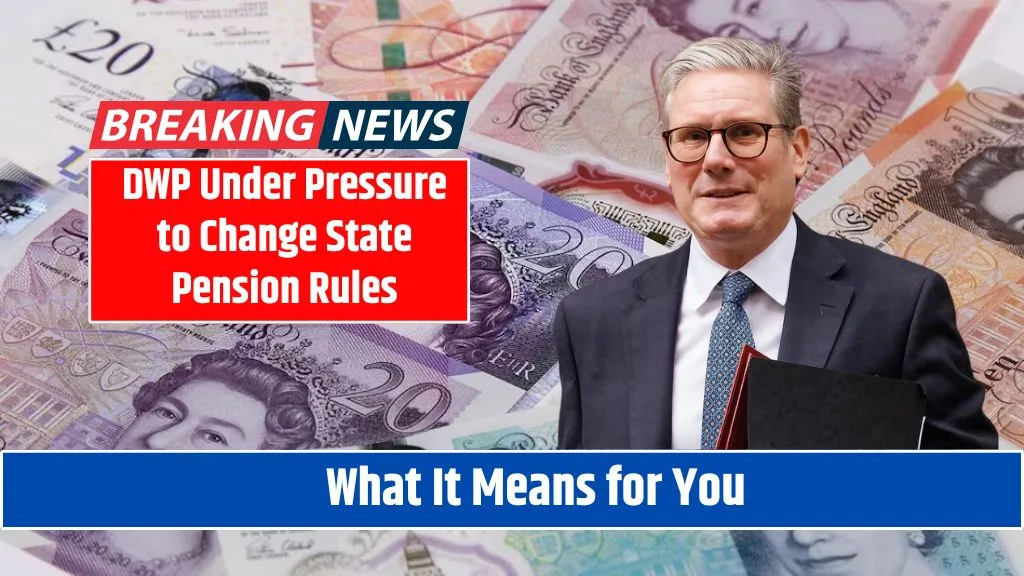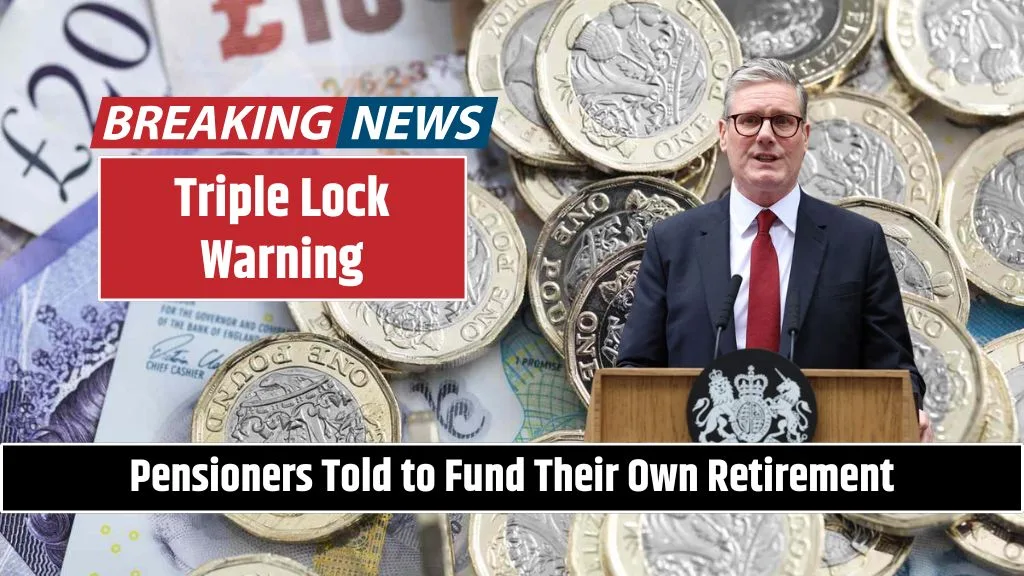The UK state pension is under increasing financial pressure as payments continue to rise. In April 2025, the state pension will increase by 4.1%, and with inflation expected to remain above the Bank of England’s 2% target, experts predict another significant rise in 2026. If the current triple lock policy remains in place, the annual state pension could eventually reach £13,000.
Why Is the State Pension Increasing?
The state pension increases annually based on the triple lock system, which ensures that payments rise by the highest of:
- Inflation (Consumer Price Index – CPI)
- Average earnings growth
- 2.5% minimum guarantee
This system protects pensioners from losing purchasing power due to rising costs. However, funding the state pension is expensive for the UK government, as nearly a quarter of government spending goes towards social security, including the state pension and Universal Credit.
State Pension Rates from April 2025
From April 2025, state pension payments will increase by 4.1%:
- Full new state pension:
- Weekly: £230.25 → £238.75
- Annually: £11,973 → £12,415 (+£442)
- Full basic state pension:
- Weekly: £176.45 → £183
- Annually: £9,168 → £9,516 (+£340.60)
Experts, including Amy Knight from NerdWallet UK, predict that if inflation stays high, the increase in 2026 could be even larger.
Could the State Pension Reach £13,000?
If inflation remains high, the state pension could continue rising significantly. Analysts believe that if the triple lock is maintained beyond the next General Election, payments could reach £13,000 per year.
The Consumer Price Index (CPI) is currently forecasted to hit 3.7%, which would result in another £8.50 per week increase for those on the full new state pension in 2026. However, if average earnings growth exceeds inflation, the pension increase could be even higher.
Factors Affecting the 2026 State Pension Increase
Amy Knight highlighted key factors that will influence the state pension increase for 2026:
- Tax Hikes for Businesses:
- Higher taxes could limit companies’ ability to give large pay rises, potentially slowing wage growth.
- Inflation Trends:
- If inflation remains high, it could outpace wage growth, making it the main factor for the 2026 pension rise.
- Bank of England’s Inflation Target:
- If inflation is successfully reduced to 2%, wage growth may become the determining factor instead.
Will the State Pension Be Taxed?
With the upcoming increase, the full new state pension will reach £11,973 per year, which is very close to the current personal allowance of £12,570. This means:
- If pension payments continue rising, they may soon exceed the tax-free allowance, meaning pensioners could be required to pay income tax on their state pension.
- The Conservative Party’s “Triple Lock Plus” policy aims to raise the personal allowance in line with the state pension, preventing pensioners from paying tax.
The Impact of an Aging Population
One of the biggest challenges for funding the state pension is the UK’s aging population. With fewer workers paying National Insurance contributions, there is increasing pressure on the government to sustain pension payments.
Experts suggest that individuals should invest in personal pensions where possible, as relying solely on the state pension may not be sustainable in the long run.
Why You Should Consider a Personal Pension
Amy Knight advises that saving for retirement is crucial, despite financial difficulties:
“It’s hard to prioritise saving into a personal pension when you’re struggling with bills or food costs. However, for those who can, it’s a worthwhile investment at any age, as contributions receive a 20% government top-up for basic rate taxpayers.”
Even small contributions can grow significantly over time, providing additional financial security in retirement.
The state pension is set to rise again in April 2025, with further increases likely in 2026. If the triple lock remains in place, pension payments could reach £13,000 per year, but this also raises concerns about affordability and taxation. With an aging population and increasing financial strain, individuals are encouraged to consider personal pensions to secure their future.
Source: Link
FAQ’s
How much will the state pension increase in April 2025?
The state pension will rise by 4.1%, increasing the full new state pension to £238.75 per week (£12,415 annually) and the full basic state pension to £183 per week (£9,516 annually).
Could the state pension reach £13,000 per year?
Experts predict that if the triple lock continues beyond the next General Election, the state pension could rise to £13,000 per year.
Will pensioners have to pay tax on their state pension?
If the state pension continues to rise, it could soon exceed the £12,570 personal allowance, meaning pensioners may have to pay income tax unless allowances are increased.
What factors will determine the 2026 state pension increase?
The increase will depend on inflation (CPI) and average earnings growth. If inflation is higher, it will determine the pension rise. If wage growth is stronger, that will be the deciding factor.
Is it worth saving into a personal pension?
Yes, personal pensions provide additional retirement security, and contributions receive a 20% government top-up for basic rate taxpayers.











